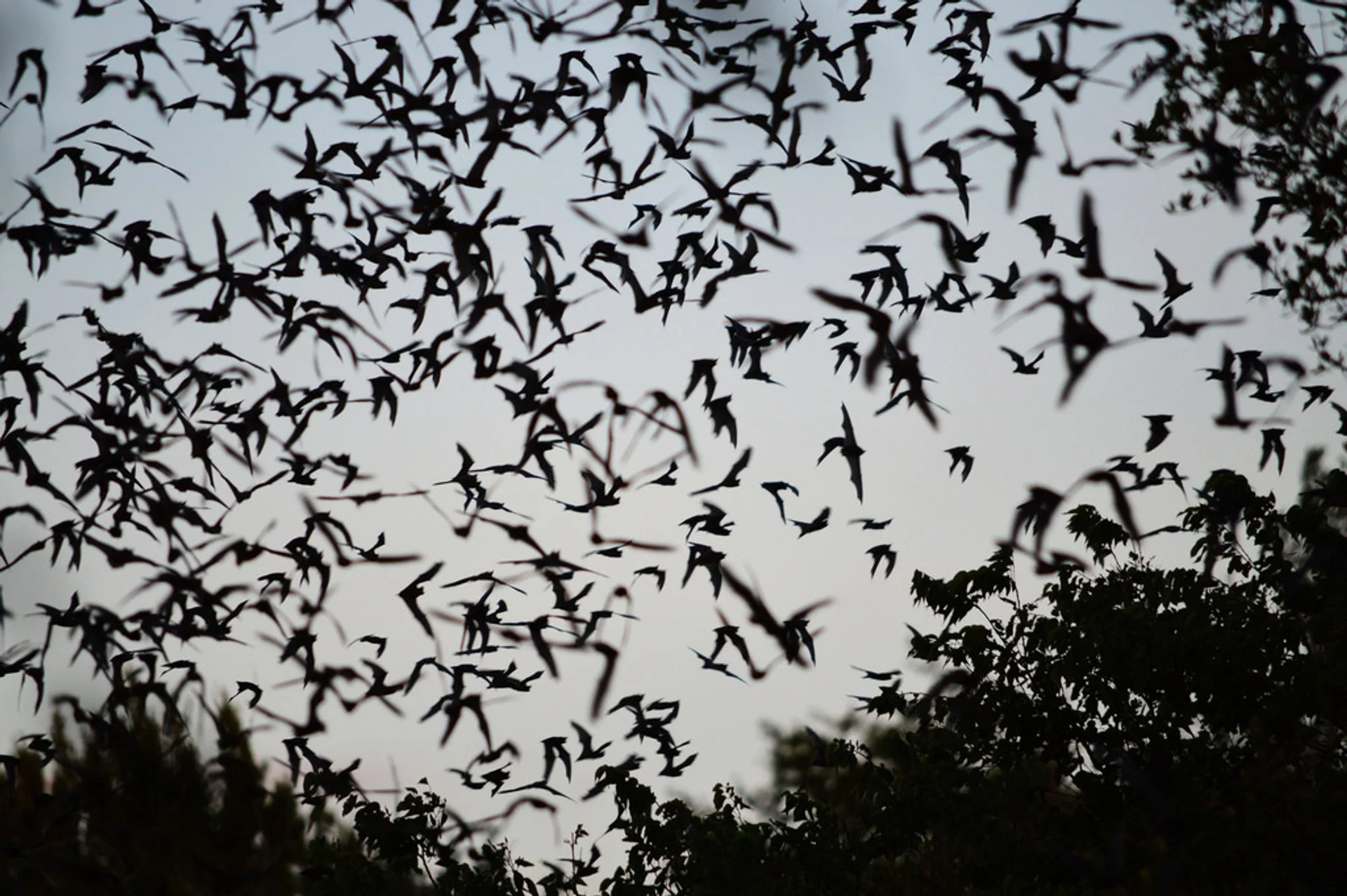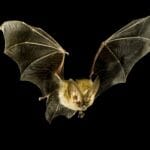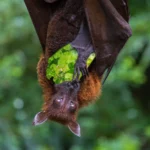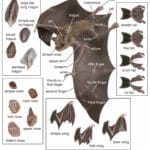Journey into the thrilling world of bats, where shadows dance and secrets whisper. Join me as we unravel the mysteries of these enigmatic creatures, exploring their intriguing social dynamics and the unique terms that describe their mesmerizing gatherings. Get ready to uncover the secrets of bats as we dive into their fascinating roosting habits and the special names given to their captivating flocks.
What’s the Collective Name for a Group of Bats?
Picture this: thousands of bats soaring through the night sky, their wings creating a mesmerizing dance. It’s a truly captivating sight! So, if you’ve ever wondered, “What do you call a group of bats?” let’s uncover the mystery.
The Colony: A Collective Haven
The go-to collective noun for a group of bats is a colony. Just like people living in a neighborhood or apartment building, bats form these close-knit communities for protection, warmth, and a sense of belonging.
Synonymous Terms to Spice Up Your Vocabulary
While “colony” is the most common term, here are some other ways to refer to a bat gathering:
- Cloud: A cloud of bats paints a breathtaking picture against the night sky, resembling a swirling, dark mist.
- Flock: This term captures the dynamic flight of bats as they flutter and swoop together in a coordinated ballet.
The Science Behind the Name
The scientific world knows bats as Chiroptera, which translates to “hand-wing.” This name perfectly describes the bat’s unique anatomy. Their forelimbs have specially elongated bones that support a thin, leathery membrane. This delicate structure, known as a patagium, grants bats the ability to soar through the air.
Size Matters: From Small to Colossal
Bat colonies come in all shapes and sizes. Some colonies may be home to just a few dozen bats, while others can boast millions of individuals. They can be composed of a single bat species or a vibrant mix of different types, each with its own social structure and communication rituals.
The Benefits of Batty Community Living
Being part of a colony is like joining a batty club! Bats get some serious perks from their group living arrangements, including protection from predators, shared warmth during chilly nights, and efficient communication using vocalizations and body language. By sticking together, these furry flyers increase their chances of survival and creating healthy bat families. Get the answers to all your burning questions about these nocturnal creatures! Discover what a group of bats is called, unveil their dietary preferences in what is a bat’s diet, and uncover the lifespan mysteries in what is a bat’s lifespan.
A Murmuration of Bats and Other Fascinating Bat Facts
Imagine yourself amidst a swirling, dancing mass of tiny flying creatures, their wings fluttering like a gentle breeze. That’s a “cloud” or “flock” of bats, a captivating spectacle that’s unlike anything you’ve ever seen.
These furry, nocturnal marvels hold a trove of fascinating secrets. Did you know that they’re the only mammals that can truly fly? From the minuscule size of a bumblebee to the impressive wingspan of a frigatebird, bats come in a staggering range of shapes and sizes.
And while you may have heard of vampire bats, they’re the exception rather than the rule. In fact, there are only three known species that feed on blood. The vast majority of bats are insectivores, helping to control pest populations and even pollinating plants.
Their homes are just as diverse as their diets. Bats can be found in nearly every corner of the globe, except for the frigid polar regions, barren deserts, and remote islands. They’ve adapted to live in caves, trees, buildings, and even the open skies.
But what truly sets bats apart is their exceptional ability to navigate the dark. Using a remarkable sonar system called echolocation, they emit high-frequency sounds and listen for the echoes to create a mental map of their surroundings. This allows them to fly and hunt with unmatched precision, even in complete darkness.
Fun Fact: A group of bats is sometimes referred to as a “murmuration,” a poetic description that evokes their swirling, fluid movements.
Here’s a quick roundup of some amazing bat facts:
| Characteristic | Details |
|---|---|
| Collective noun | Cloud or flock |
| Size range | 29-34 millimeters to 1.7 meters wingspan |
| Diet | Mostly insects, but some fruits and nectar |
| Habitat | Found worldwide, except for polar regions, deserts, and islands |
| Echolocation | Emits high-frequency sounds to navigate and hunt |
What Do You Call a Group of Bats? Discover the Surprising Answer
Imagine this: Millions of bats, all hanging out together like a giant, winged party. That’s not a scene from a horror movie; it’s a real-life bat colony!
Bats, despite their spooky reputation, are actually incredibly social creatures. They love to snuggle up in huge groups for warmth, protection, and some good old-fashioned bat shenanigans. So, what do you call a group of these flying friends? A colony!
Oh, but wait, there’s more! When bats take to the skies, they sometimes form mesmerizing formations called clouds or swarms. It’s like a synchronized aerial dance, and it’s a sight to behold.
Bat colonies are like little communities, with bats coming and going as they please. Some are loyal to their group for years, while others are always up for a new adventure.
Bats have their own way of communicating too. They use echolocation, which is like a batty superpower that helps them navigate. And they also use vocalizations to keep their colony in check, like a giant batty chorus.
So, there you have it. When you spot a huge group of bats, don’t be afraid to call it a colony. And if you see them flying in formation, you can proudly say, “Hey, check out that bat cloud!”
Terminology for Bat Groupings: Roost, Colony, and More
Have you ever wondered what you call a group of bats? Let’s discover the different terms used to describe collective bat gatherings, so you can sound like an expert!
Roost: The Bat’s Cozy Home
Think of a roost as the bat equivalent of a cozy apartment building. It’s a shared living space where bats can find shelter, warmth, and safety in numbers. Roosts can be as simple as a hollow tree or as elaborate as a cave.
Colony: The Thriving Bat Society
A colony is like a bustling bat neighborhood where bats live together in larger groups for extended periods. Within a colony, you’ll find different species of bats, each playing a unique role in the community. It’s like a miniature bat society!
Cloud: The Ethereal Bat Spectacle
Imagine a cloud of bats soaring through the sky. That’s exactly what a bat cloud is! These temporary gatherings occur when thousands of bats emerge from their roosts for nocturnal adventures. It’s a stunning sight that feels almost magical.
Flock: The Coordinated Bat Dance
Think of flocks as aerial dance troupes for bats. They fly together in synchronized formations, often working together to hunt or forage. Watching them perform their aerial ballet is truly a mesmerizing experience.
Collective: The Unified Bat Force
When bats come together for a common goal, they form a collective. It could be anything from defending their roost to raising their young or migrating together. Collectives showcase the incredible teamwork and cooperation that can exist within these fascinating creatures.
Key Takeaways:
- Colony: A large group of bats living together.
- Roost: The dwelling where bats reside.
- Cloud: A temporary gathering of bats flying together.
- Flock: A group of bats flying in coordinated formations.
- Collective: A group of bats working together for a common purpose.
Now you have a whole new set of terms to impress your friends with when talking about bats!
FAQ
Q1: What is the most common collective name for a group of bats?
A1: The most common collective name for a group of bats is a “colony”.
Q2: What are some other collective names for a group of bats?
A2: Other collective names for a group of bats include “cloud” and “flock”.
Q3: What is the scientific name for bats?
A3: The scientific name for bats is “Chiroptera”.
Q4: Why do bats live in colonies?
A4: Bats live in colonies for protection, warmth, and communication.
Q5: What are flying groups of bats sometimes called?
A5: Flying groups of bats are sometimes called “clouds” or “swarms”.
- Senior at What Age: Benefits & Eligibility Guide - March 29, 2025
- Unlocking Senior Benefits: How Old is a Senior? Your Complete Guide - March 29, 2025
- Master Russian Politeness:A Guide to Saying Please - March 29, 2025
















